|
#4
22nd March 2015, 02:57 PM
| |||
| |||
| Re: GATE Life Science Syllabus PDF
As per your request, I am giving you syllabus PDF of the Graduate Aptitude test in Engineering (GATE) life sciences. GATE life Science syllabus 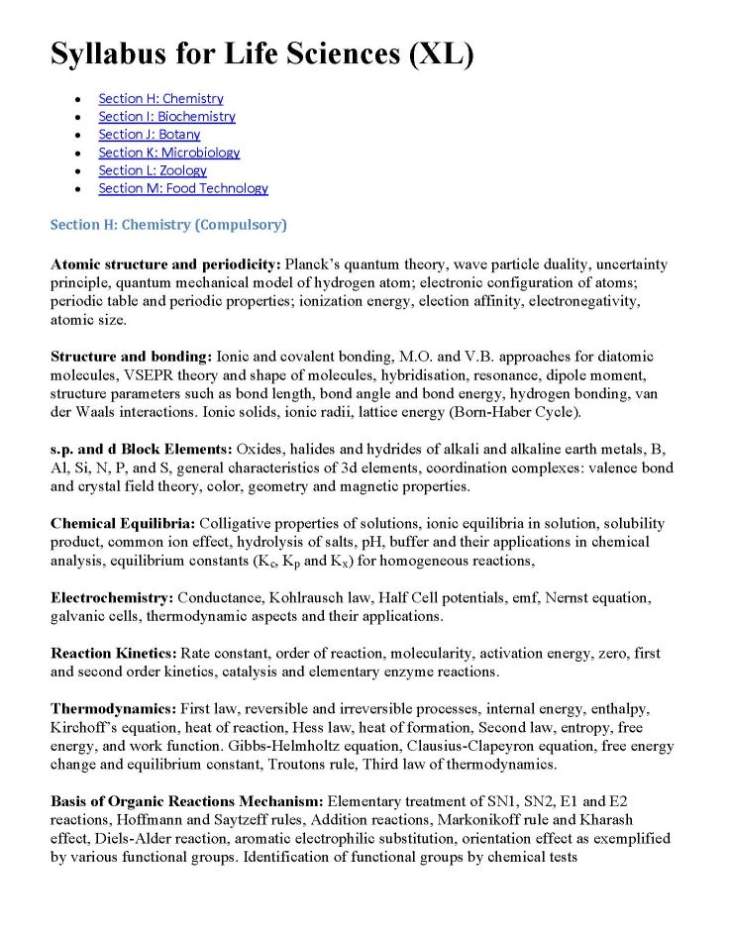  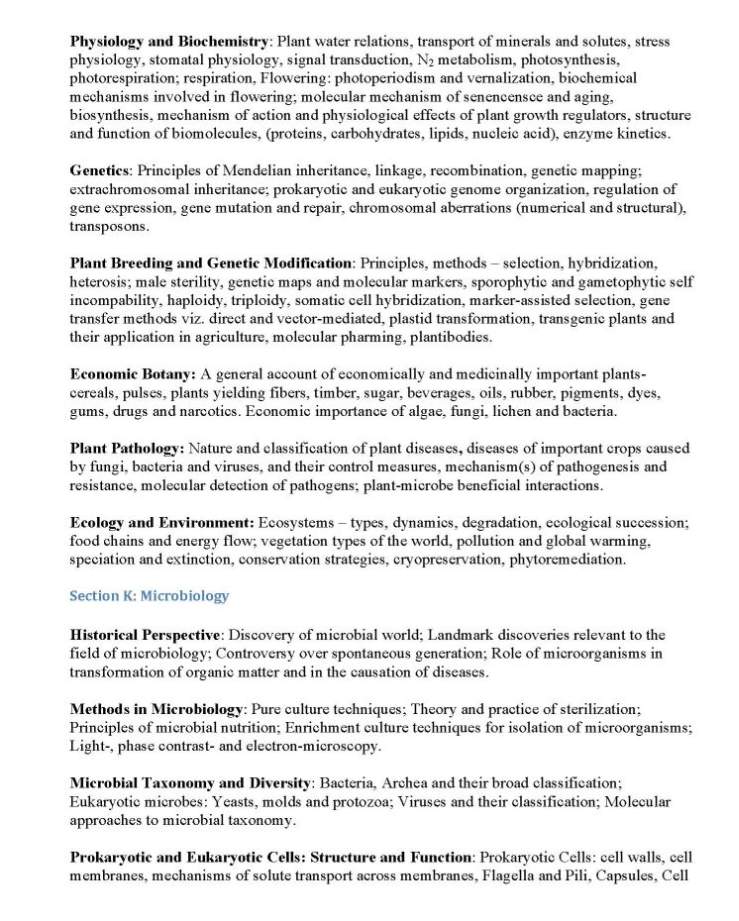 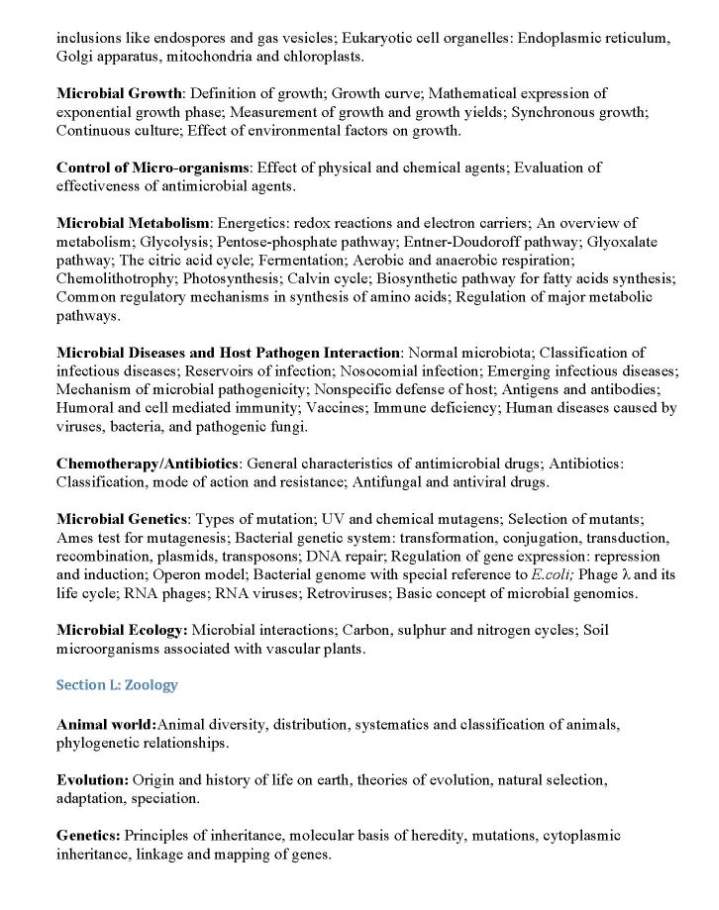 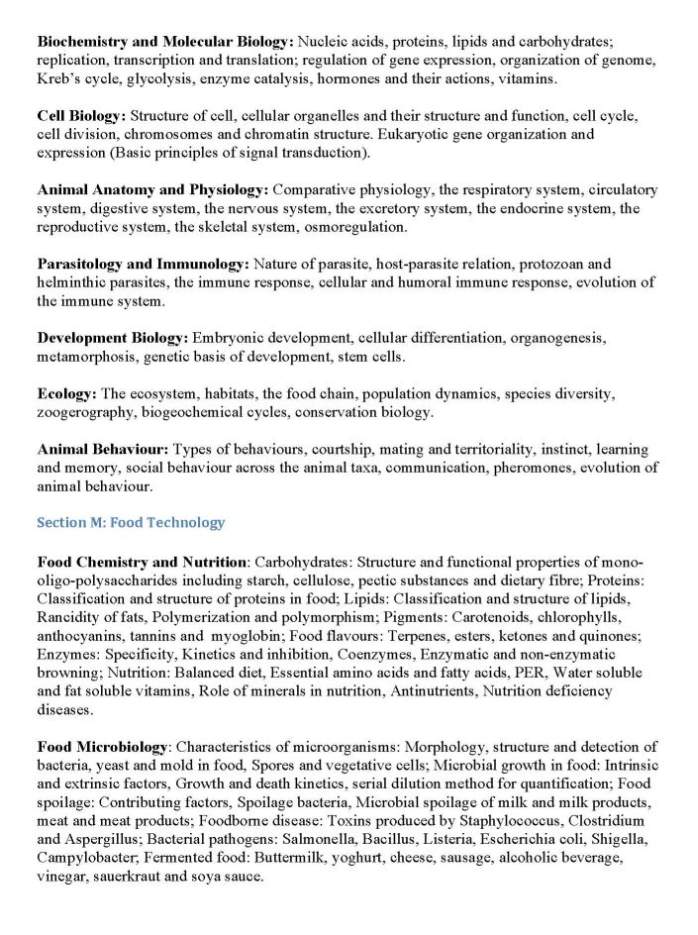 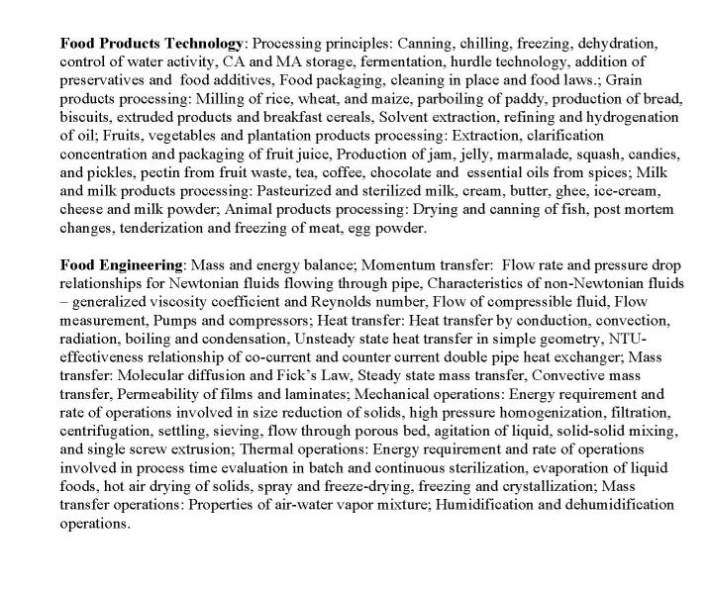 The GATE life Science paper covers following sections. Chemistry Atomic Structure and periodicity Structure and bonding A, pm d Block Elements Chemical Equilibrium Electrochemistry Reaction Kinetics Thermodynamics Basis of organic reactions mechanism Structure reactivity Correlations Biochemistry Section Name- Botany Plant Systematics Plant anatomy Morphogenesis & Development Physiology and Biochemistry Genetics Plant breeding and genetic Modification Economic Botany Plant Pathology Ecology and environment Microbiology Historical Perspective Methods in Microbiology Microbial Taxonomy and Diversity Prokaryotic and Eukaryotic Cells- Structure and Function Microbial Growth Control of Micro organisms Microbial metabolism Microbial Diseases Chemotherapy Microbial genetics Zoology Animal World Evolution Genetics Biochemistry and molecular biology Cell Biology Animal anatomy Parasitology Development Biology Ecology Animal Behavior Food technology Food Chemistry Food Microbiology Food Products technology Food Engineering Here, I am giving you questions form the GATE life science previous year paper. During an enzyme catalyzed reaction, the equilibrium constant (A) increases (B) decreases (C) remains unchanged (D) can increase or decrease, depending on the enzyme A mixture of Arginine, Phenylalanine and Histidine was fractionated using cation exchange chromatography at neutral pH. The amino acids were eluted with an increasing salt gradient. Identify the correct order of elution. (A) Arginine, Histidine, Phenylalanine (B) Phenylalanine, Histidine, Arginine (C) Histidine, Phenylalanine, Arginine (D) Arginine, Phenylalanine, Histidine Which one of the following proteases does NOT cleave on the carboxyl side of any Arginine residue in a protein? (A) Trypsin (B) Proteinase K (C) Thrombin (D) Chymotrypsin Q.4 The receptor for epinephrine is a (A) Tyrosine kinase receptor (B) Serine-threonine kinase receptor (C) G-protein-coupled receptor (D) Ligand activated transcription factor For more questions, consider the attachment. GATE Life Science Paper http://www.gatecounsellor.com/previo...ences-2014.pdf |